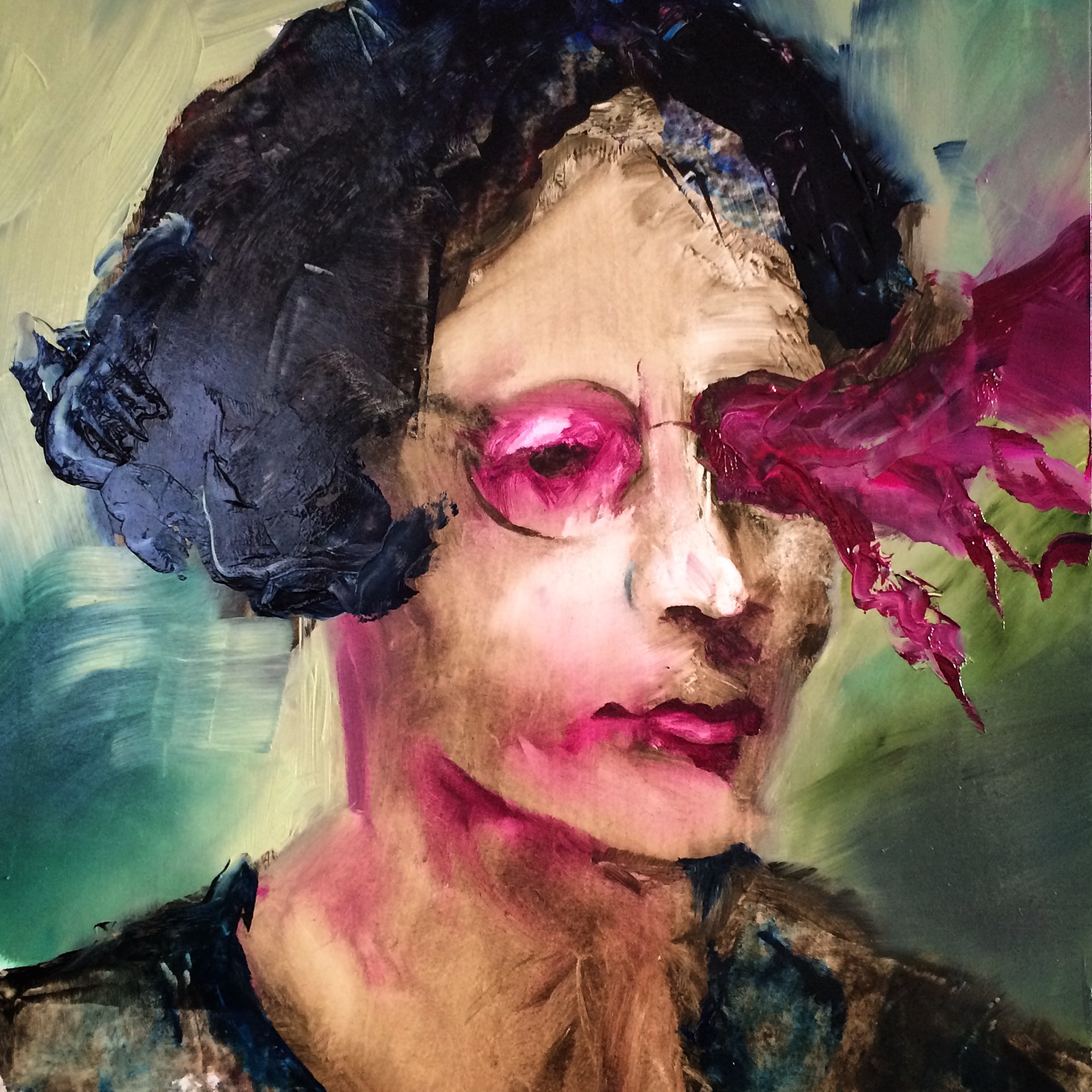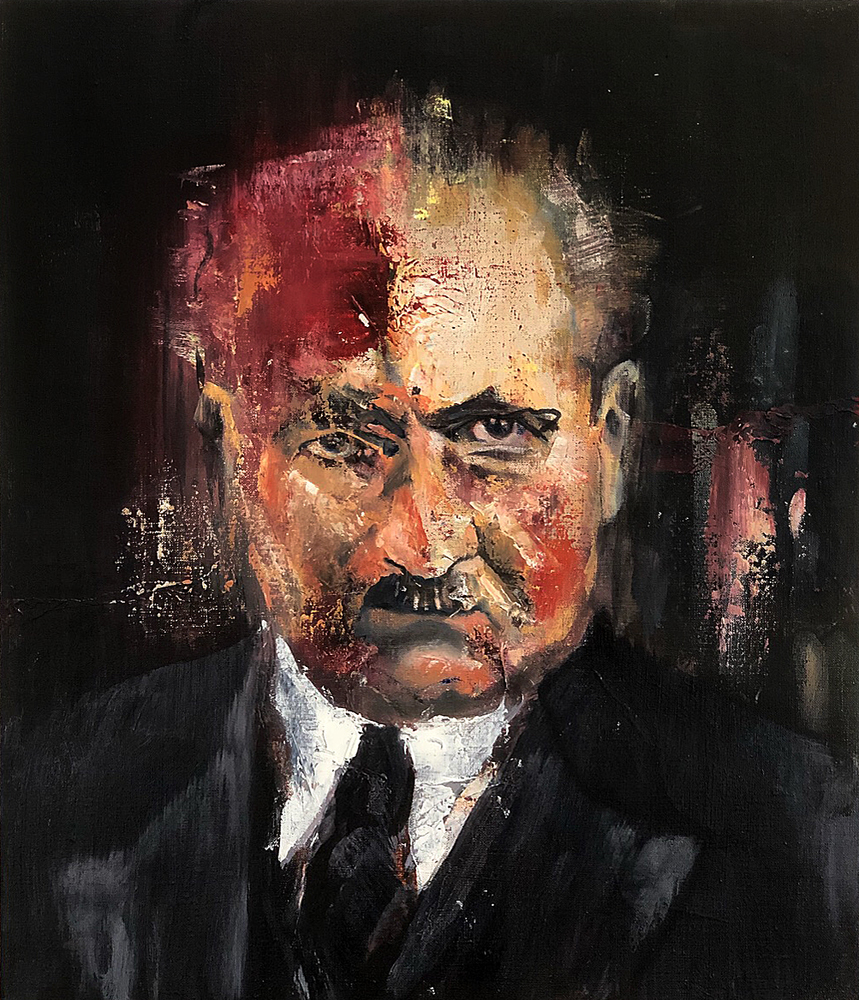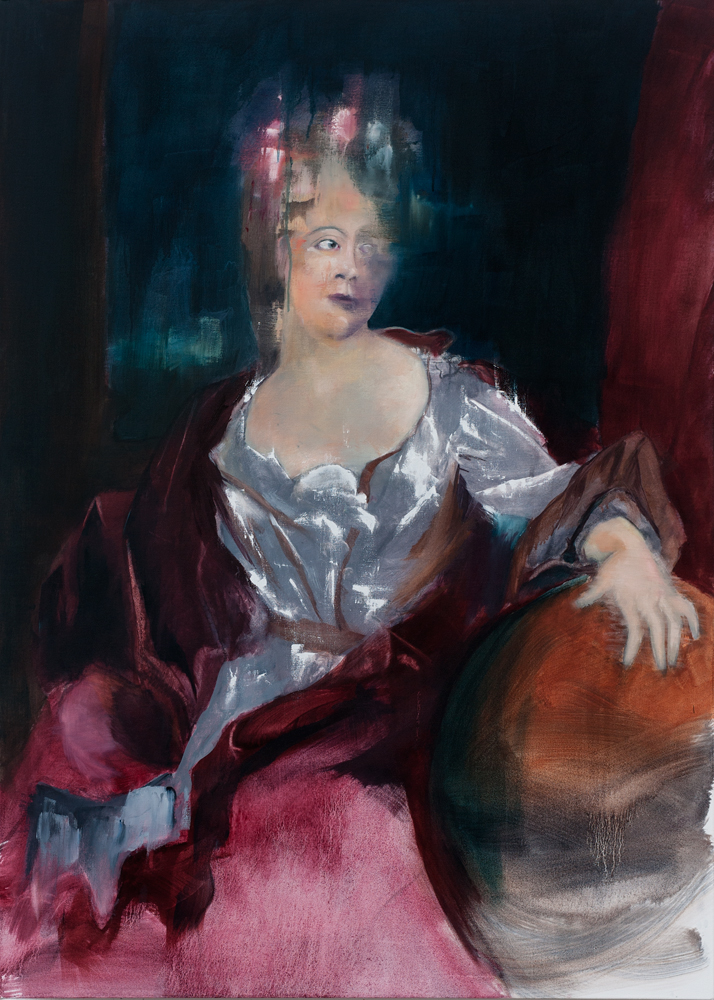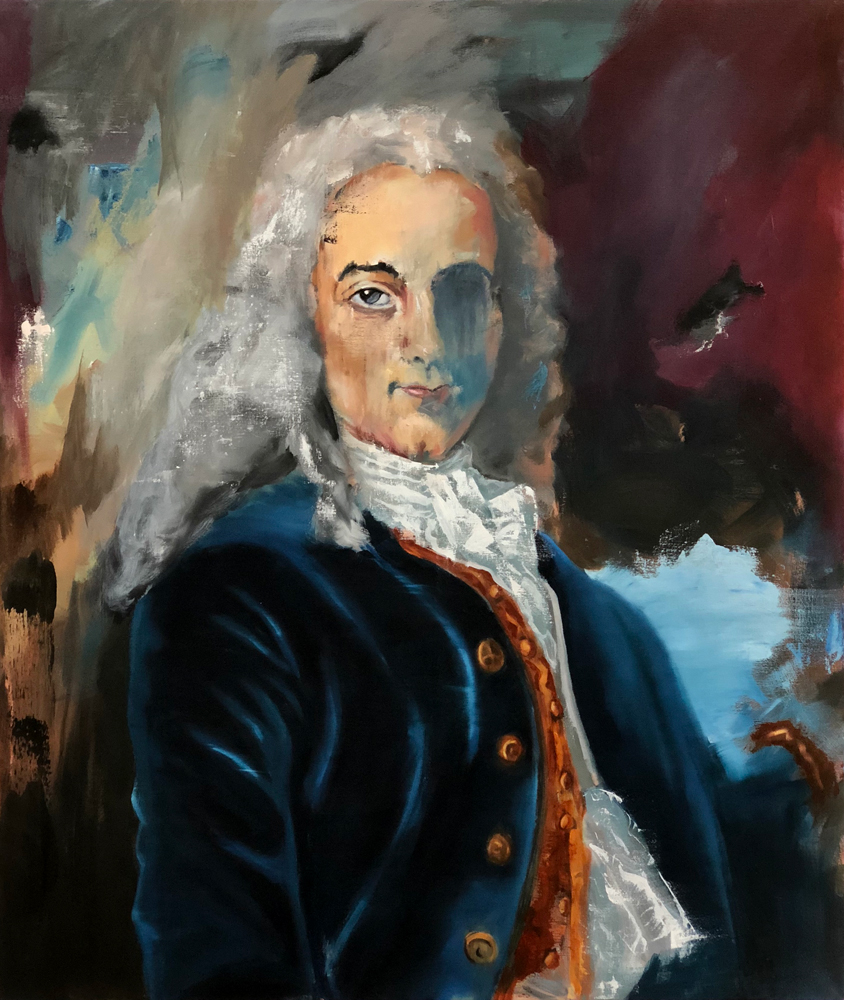When her feelings for the married painter Henri Fuseli threatened to overwhelm her, she left for France in 1792 to join other English intellectuals, such as Thomas Paine, in celebrating the French Revolution. Having just written the Rights of Woman, Wollstonecraft was determined to put her ideas to the test, and in the stimulating intellectual atmosphere of the French revolution she attempted her most experimental romantic attachment yet: she met and fell passionately in love with Gilbert Imlay, an American adventurer. Wollstonecraft put her own principles in practice by sleeping with Imlay despite not being married had her first child with him. While nursing her firstborn, Wollstonecraft wrote a conservative critique of the French Revolution in An Historical and Moral View of the Origin and Progress of the French Revolution. She also wrote a deeply personal travel narrative, Letters Written During a Short Residence in Sweden, Norway and Denmark, but in 1795 Imlay left her and she attempted to commit suicide.
Back in England Mary recovered, finding new hope in a relationship with William Godwin, the founder of philosophical anarchism. Despite their belief in the tyranny of marriage, the couple eventually wed due to her pregnancy. In 1797, their daughter Mary (who would grow up to be Mary Shelley, author of Frankenstein), was born. Ten days later, due to complications of childbirth, Wollstonecraft died of Septicaemia aged 38. For many years, the scandalous aspects of her life (such as her two children born out of wedlock) were more noted than her works. After her death Godwin published her last most radical novel Maria: or, The Wrongs of Woman (1798), as well as a memoir of her life. This revealed the fact that Mary had not been married while having a sexual relationship with Imlay. As a result her demand for rational female education, which had been accepted by most thinking women, became almost forgotten in the light of her implied demand for sexual freedom. Overnight she became toxic and Wollstonecraft’s enemies couldn’t contain their glee: here was proof irrefutable that she was a whore, a “hyena in petticoats” as Horace Walpole described her.
Wollstonecraft’s legacy was trashed for well over a century and even today, despite a number of outstanding modern biographies, there’s still no significant memorial to her anywhere although Maggi Hambling, the British artist was commissioned in May 2018 for a commemorative statue. It will be erected in Newington Green, London, which is known as the birthplace of feminism because of Wollstonecraft’s roots there.
Sources:
https://www.biography.com/people/mary-wollstonecraft-9535967
http://www.bbc.co.uk/history/british/empire_seapower/wollstonecraft_01.shtml
























